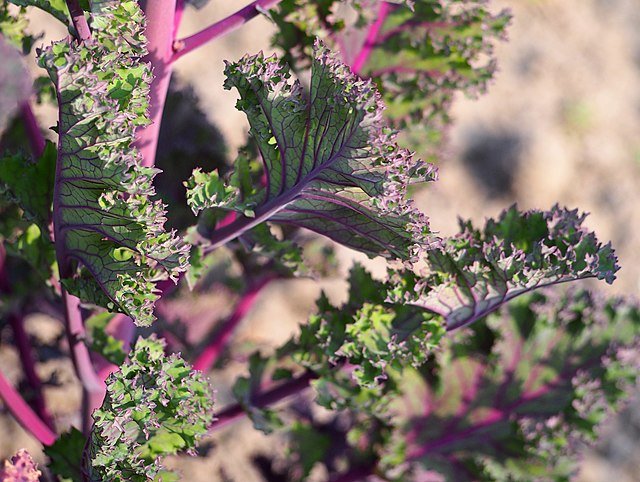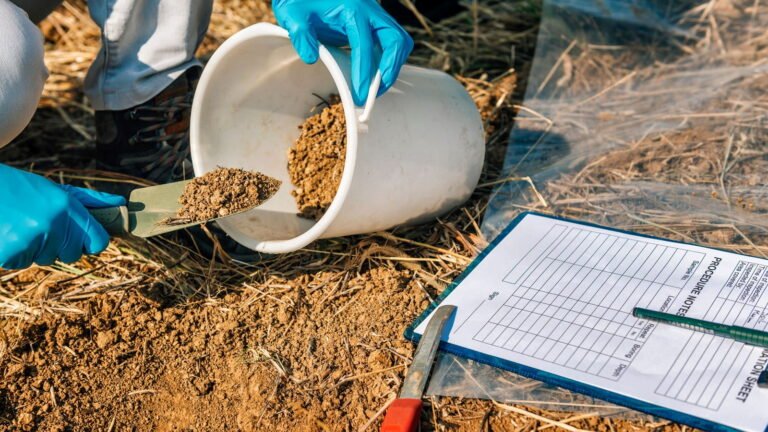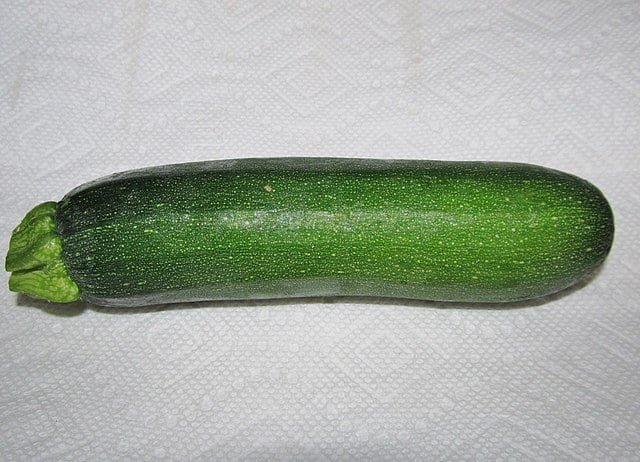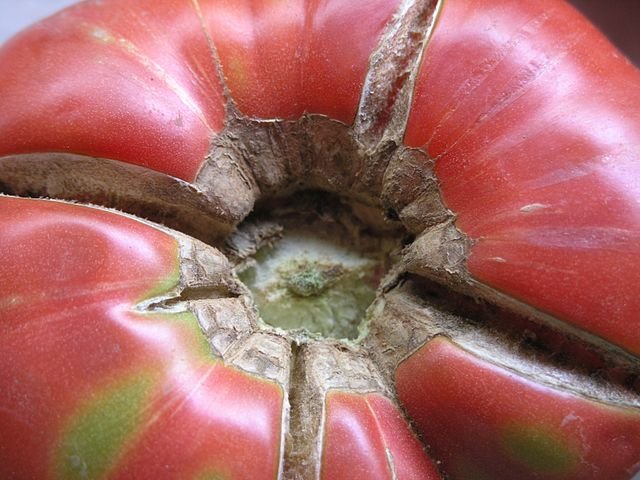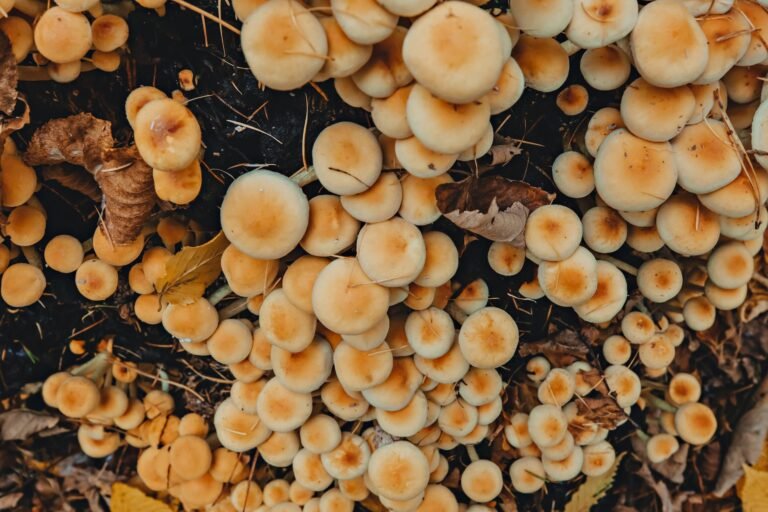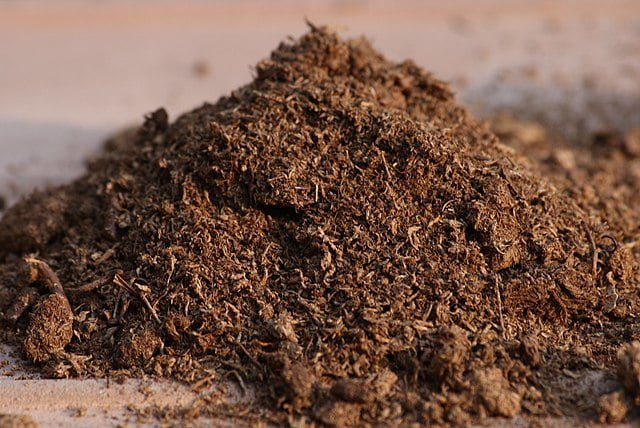Growing Kale: A Guide to Cultivating Nutritious and Flavorful Leafy Greens
Kale is a highly nutritious and versatile leafy green that has gained popularity for its health benefits and culinary uses. Whether you want to enjoy kale in salads, smoothies, or cooked dishes, growing your own kale allows you to have a constant supply of fresh and flavourful greens. This guide will provide you with simple steps to successfully cultivate kale and enjoy its bountiful harvest.
Selecting Kale Varieties
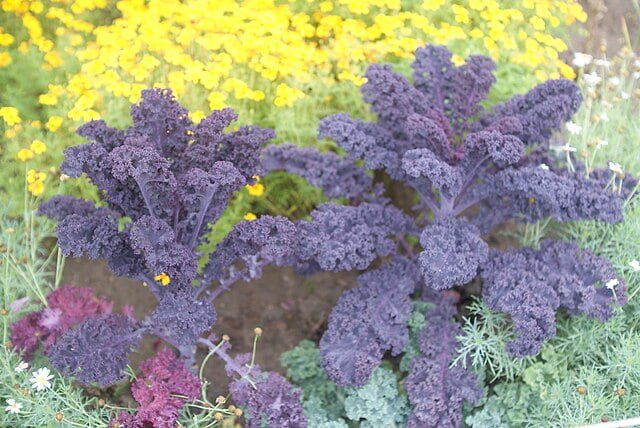
Kale comes in various types, including curly kale, Tuscan kale (also known as Lacinato or dinosaur kale), and Red Russian kale. Choose kale varieties that suit your preferences and growing conditions. Some popular choices include ‘Winterbor,’ ‘Redbor,’ and ‘Nero di Toscana.’ Consider factors such as leaf texture, flavour, and growth habit when selecting the right variety for your garden.
Choosing the Planting Location

Kale thrives in cool weather and prefers a location with full sun or partial shade. Select a spot in your garden that receives at least 4-6 hours of direct sunlight daily. Kale can tolerate a wide range of soil types but prefers well-draining, fertile soil rich in organic matter. Amend the soil with compost or well-rotted manure to improve its nutrient content and structure.
Starting Kale Seeds Indoors or Direct Sowing
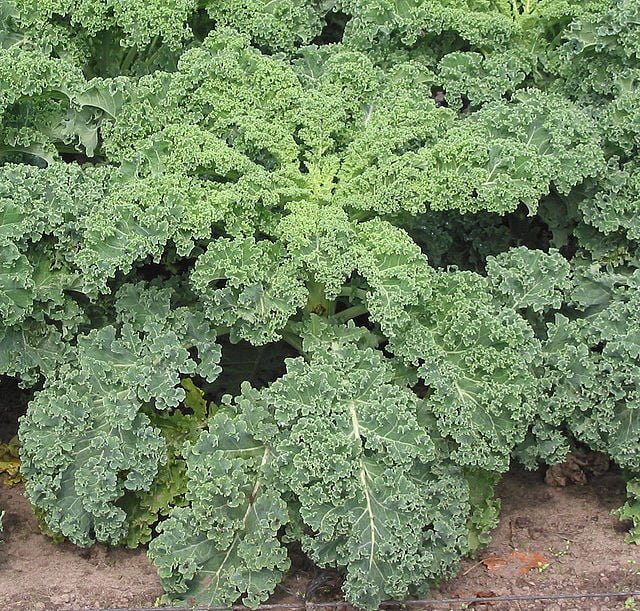
Kale can be started from seeds indoors or directly sown into the garden. If starting seeds indoors, sow them 6-8 weeks before the last expected frost date. Use seed trays or small pots filled with a high-quality seed-starting mix. Plant the seeds about ¼ inch deep and keep the soil consistently moist until germination. Transplant the seedlings outdoors once they have developed a few sets of true leaves. Alternatively, kale seeds can be directly sown into the garden in early spring or late summer, following the same planting depth and spacing guidelines.
Planting Kale Seedlings
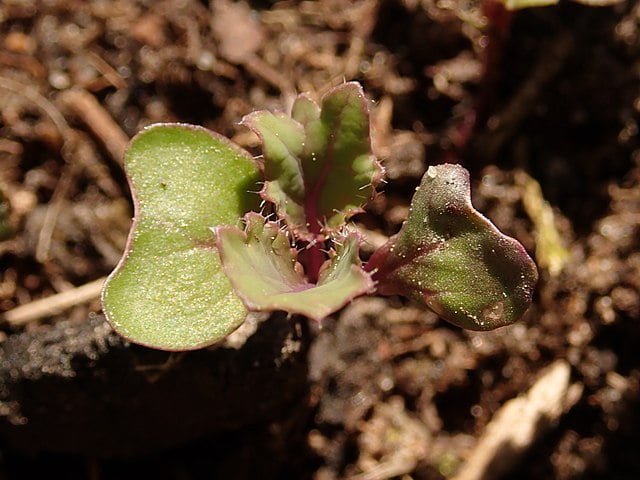
When transplanting kale seedlings or thinning direct-sown seedlings, space them about 12-18 inches apart to allow for proper growth and airflow. Dig a hole slightly larger than the root ball of the seedling, place it in the hole, and back fill with soil, gently firming it around the base. Water the seedlings thoroughly after transplanting to help them establish their roots.
Watering and Care
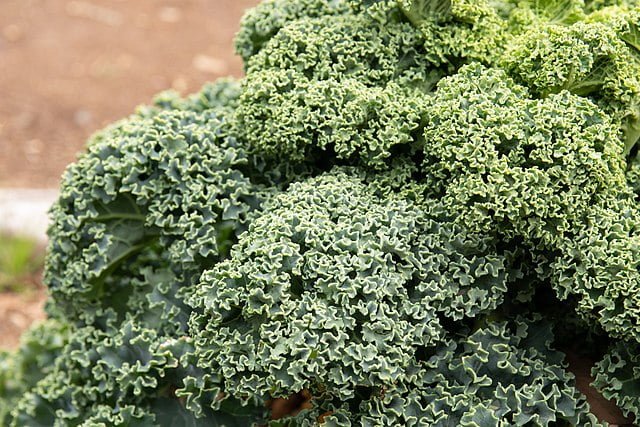
Kale requires consistent moisture to grow properly. Water the plants regularly to keep the soil evenly moist but not waterlogged. Aim for about 1 inch of water per week, adjusting based on weather conditions. Mulch around the plants with straw or wood chips to help retain moisture, suppress weeds, and regulate soil temperature. Kale is relatively tolerant of cold temperatures and can withstand light frosts, making it an excellent choice for fall and winter gardening.
Fertilizing and Maintenance
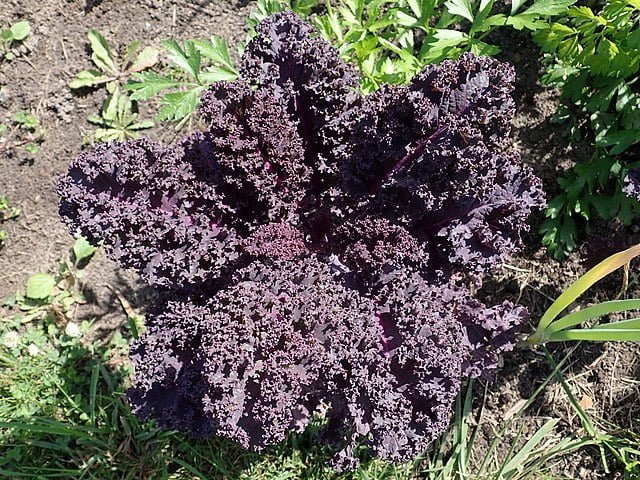
Kale benefits from regular fertilization to promote healthy growth and leaf production. Apply a balanced fertilizer or compost around the base of the plants every 4-6 weeks. Remove any weeds that compete with the kale for nutrients and water. Monitor the plants for pests such as aphids or cabbage worms, and take appropriate measures to address any issues promptly.
Harvesting and Enjoying
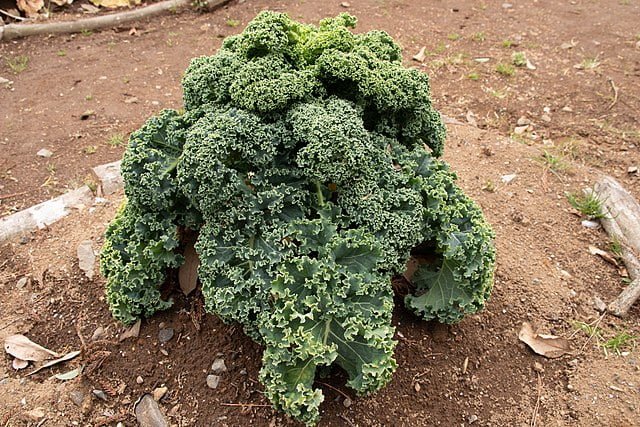
Kale leaves can be harvested when they reach the desired size, typically around 8-10 inches in length. Harvest the outer leaves by cutting them at the base, leaving the central growing point intact for continuous growth. Regular harvesting encourages the plant to produce new leaves. Enjoy the freshly harvested kale in salads, sautés, soups, or smoothies. Store unwashed kale in the refrigerator for several days in a sealed plastic bag or container.
Growing kale is a rewarding experience that allows you to have a continuous supply of nutritious and flavourful leafy greens. By following these simple steps and providing the right growing conditions, you’ll be able to cultivate healthy kale plants and enjoy their vibrant and delicious leaves throughout the growing season.

